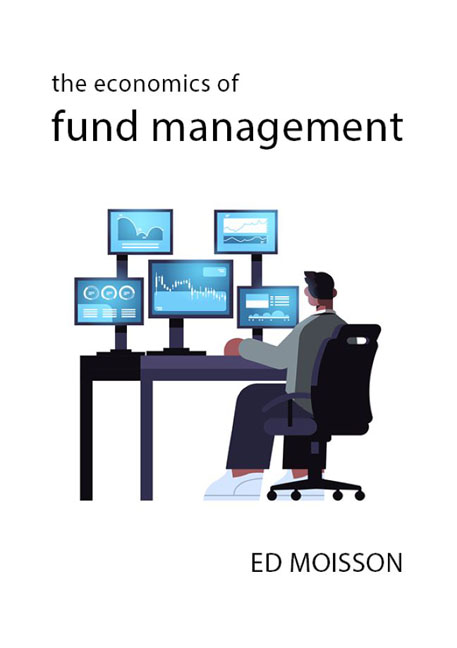Book contents
- Frontmatter
- Contents
- Preface and Acknowledgements
- Acronyms and Abbreviations
- 1 Introduction
- 2 Organization
- 3 Business Model
- 4 Managing Money
- 5 Stars and Scandals
- 6 Purpose and Sustainability
- 7 Regulations and Responsibilities
- 8 Sales and Products
- 9 Fees and Charging
- 10 Conclusions and the Future: Have We Reached Peak Mutual Fund?
- Glossary
- References
- Tables and Figures
- Index
- Frontmatter
- Contents
- Preface and Acknowledgements
- Acronyms and Abbreviations
- 1 Introduction
- 2 Organization
- 3 Business Model
- 4 Managing Money
- 5 Stars and Scandals
- 6 Purpose and Sustainability
- 7 Regulations and Responsibilities
- 8 Sales and Products
- 9 Fees and Charging
- 10 Conclusions and the Future: Have We Reached Peak Mutual Fund?
- Glossary
- References
- Tables and Figures
- Index
Summary
To better understand how asset managers compete with one another, it is necessary to look at how firms sell funds and the development of new products. There are more than 4,580 fund management companies across Europe, although many of these manage tiny pools of money (EFAMA 2021a). This number fits with the industry narrative that there is intense competition and that a large number of firms are constantly vying with one another to show that their funds are better than others.
However, taking Europe as a whole, many of these firms will not compete against one another. This is either because any given international firm is not necessarily active in every European market, or because a firm is a part of a larger group (such as a bank or insurer) and primarily provide funds to be used internally rather than competing with independent asset managers for a client's business. Having said this, even when individual countries are singled out, the number of competitors is still large, with approximately 1,100 asset managers in the UK, 680 in France and 386 in Germany (EFAMA 2021a). In addition, there are 417 companies in Ireland and 268 in Luxembourg. And even if these latter two partly overlap with the lists for the three largest European fund markets, they still swell the numbers of competitors.
These numbers also show that barriers to entry for establishing an asset management business in Europe are low. Getting a business off the ground has been made easier over recent years as service providers have made better use of technology, giving small investment management firms the ability to outsource more of their operations. The robustness of these small operations relying on large third-party providers was proven over the recent past as asset managers were forced to work from home through the pandemic. The regulatory burden in Europe has clearly increased over the past ten years, but this has not stopped the launch of fund management businesses, even if it has added to the cost burden, albeit for larger firms in particular.
But establishing a firm is different from making it a successful business. The biggest challenge for a fund management company is to attract sufficient assets early on to keep the business going. Gaining seed investors is crucial for this process, not just for making the business viable, but also for attracting more clients.
- Type
- Chapter
- Information
- The Economics of Fund Management , pp. 163 - 186Publisher: Agenda PublishingPrint publication year: 2022

